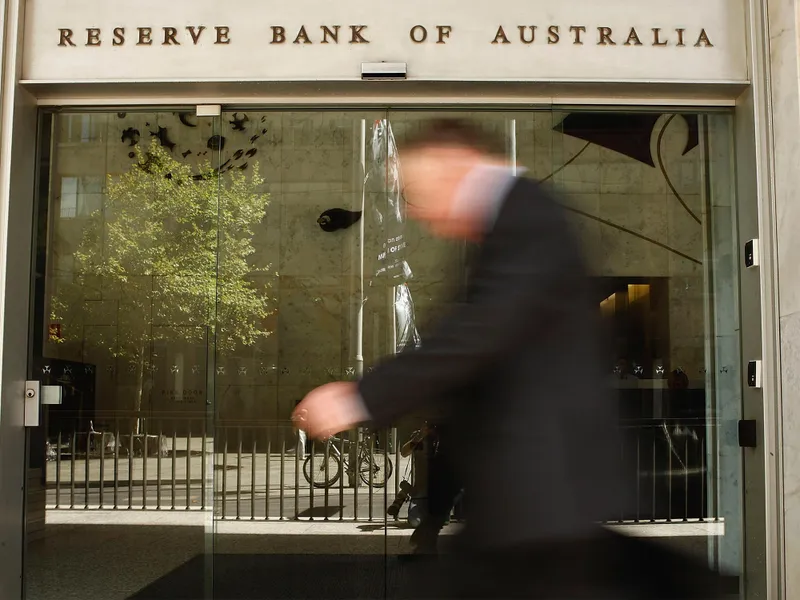Source: realestate.com.au by Eleanor Creagh
Housing market activity in 2022 has quickly slowed from last year’s exceptional pace due in part to rising mortgage rates and higher home prices dampening affordability.
Home prices have surged over the past two years and now mortgage rates are on the rise. This is seeing demand from prospective buyers continue to come back from the extreme levels witnessed in 2021.
Further to this, expectations of price falls and continued interest rate rises are likely weighing on activity, in combination with the start of a seasonally quieter winter period.
When it comes to the capital cities, Sydney, Melbourne, and Hobart are seeing activity cool more quickly than Adelaide and to some degree Brisbane. The smaller capitals are benefitting from preference shifts toward larger homes, as well as affordability advantages and workplace flexibility.
In May, home prices fell for the first time since the pandemic onset, but the smaller capitals Brisbane and Adelaide bucked the falling trend. However, activity has now begun to slow in both these markets, indicating that they will likely not be immune to price falls later this year.
Regional areas continue to see a constrained stock of available properties for sale, while demand per listing remains higher, which is supporting price growth in these markets.
Where to from here?
The cash rate moved off its record low in May and the RBA has since raised interest rates a further 50bps to 0.85% in June. It is widely expected to continue to raise rates over the course of this year. This was the first back-to-back rate hike in 12 years, with the board highlighting their commitment to “doing what is necessary” to rein in inflation pressures. It’s a clear signal of a faster phase of tightening with front-loaded rate hikes incoming.
Consumer confidence is wavering as household budgets are squeezed and mortgages become more expensive. However, these pressures are being offset to some degree by strong labour market conditions.
The combination of interest rates moving sharply higher, rising mortgage rates and already high home prices is eroding affordability, and in combination with expectations of continued price falls, prospective buyer demand is moderating. That said, in many parts of the country demand from prospective buyers remains elevated when compared to pre-pandemic levels. This indicates that the market is rebalancing off the exceptional combination of events that powered housing from the onset of COVID-19.
Properties are taking longer to sell, and this is likely to be a lasting trend. Last year was a seller’s market and overwhelmingly so, while this year’s continued strength in new listings has seen a lot more choice for buyers. This has brought a much healthier balance to the market as dynamics shift in favour of buyers, with competition easing and days on site climbing as a result.
These factors are seeing slowing sales volumes and downward pressure on housing prices. Looking ahead, these headwinds will continue to slow demand from prospective buyers and it’s likely that activity will further ease, seeing price growth continue to moderate from the exceptional pace we’ve seen over the last year.
From here, the magnitude and timing of further interest rate increases will be the key decider in the ongoing loss of momentum in housing market conditions.
What does this mean for buyers and sellers?
For buyers, the balance in market conditions could make it easier to get into the market. There’s a lot less competition, stock isn’t moving as quickly and the fear of missing out has subsided. But buyers should also remember, borrowing costs are on the rise and the recent period of exceptional price growth is at an end, with prices beginning to fall in some places.
For sellers, it’s time to reset price expectations and be mindful that your property may take longer to sell with fewer competing bidders.
https://www.realestate.com.au/insights/proptrack-housing-market-indicators-report-june-2022/

